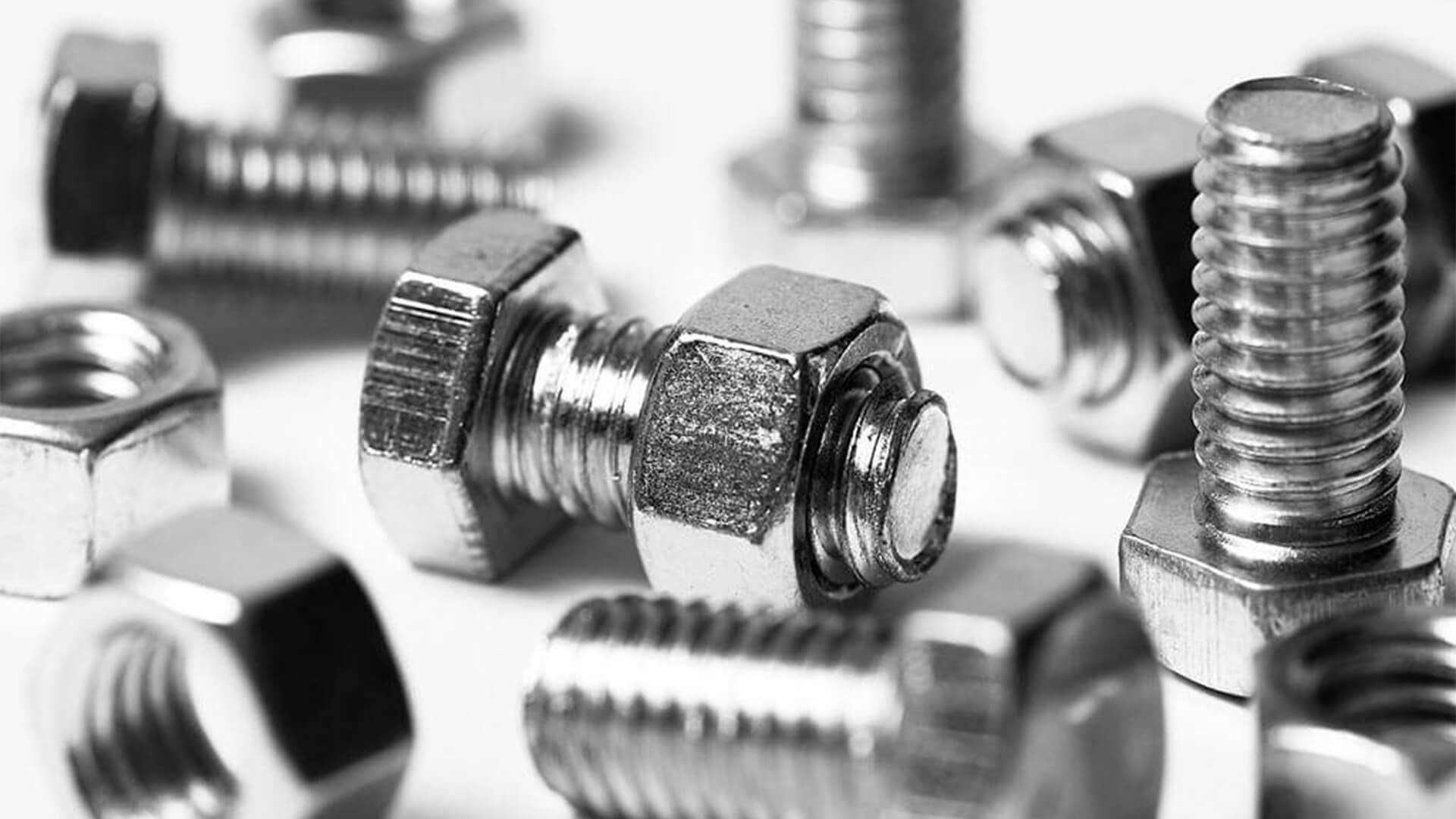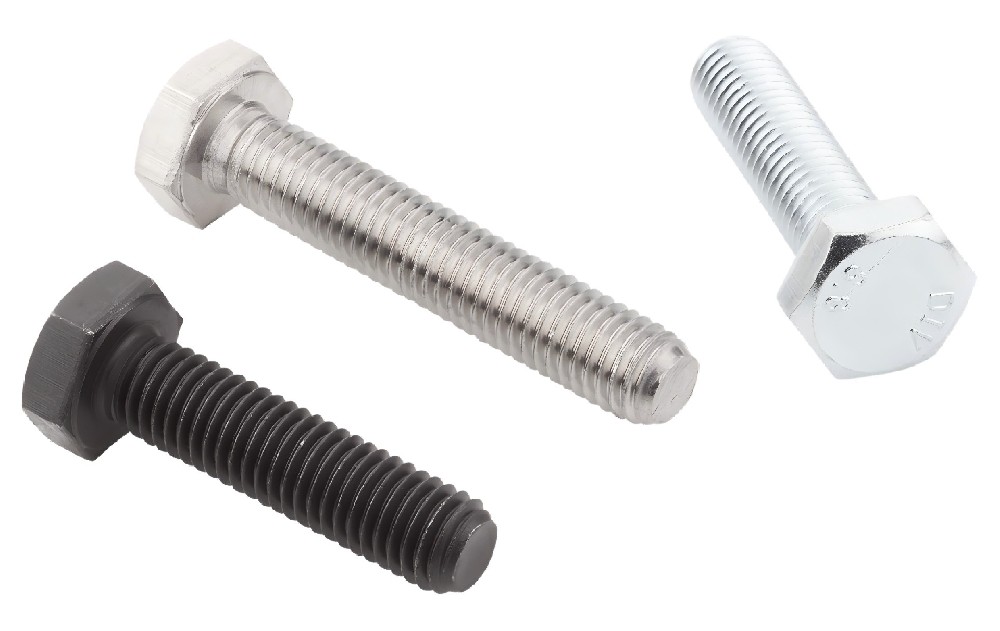Our Lastest Fastener Knowledge
25
Why Threaded Rods Are the Unsung Heroes of Industry
Discover why threaded rods are essential in modern industry. Learn what a threaded rod is, its applications, naming variations, and how to use it in wood installations.Threaded rods, often called the "unsung heroes" of industry, are essential for supporting, connecting, and reinforcing structures. Learn what threaded rods are, their uses, how they differ from threaded bars, and how to attach them to wood in industrial and construction settings.
25
U-Bolts Demystified: Sizing, Strength Grades, and Installation Best Practices
Learn how to choose and size U-bolts correctly. Understand the differences between Grade 5 and Grade 8 U-bolts, installation steps, and clamp comparisons.
25
Why Do Bolts Keep Breaking? Common Failure Causes and How to Strengthen Them
Why do bolts keep breaking? Explore the most common causes of bolt failure—such as fatigue and hydrogen embrittlement—and discover engineering strategies to improve bolt strength and reliability in demanding applications.
25
Everything You Need to Know About DIN 931 Hex Bolts: Standards, Tolerances, and Removal Tips
Discover the key specifications of DIN 931 hex bolts, including standard dimensions, length tolerances, strength grades, and removal tips. Learn when to use partial-thread bolts and how to handle tough installations in structural engineering applications.
25
Mastering DIN 933 Bolts: Why Full Threading Matters in High-Precision Engineering
Discover the engineering value of DIN 933 fully threaded hex bolts. Learn how full threading enhances clamping force, flexibility, and assembly precision in industrial applications, plus when to use them—and when not to.
25
Why "Made in China" Leads in Fastener Manufacturing: Insights for Global Buyers
Discover why China leads the world in fastener manufacturing. Learn the benefits of sourcing DIN 933 hex bolts and industrial fasteners from China, including pricing, standards compliance, and supply chain efficiency.













